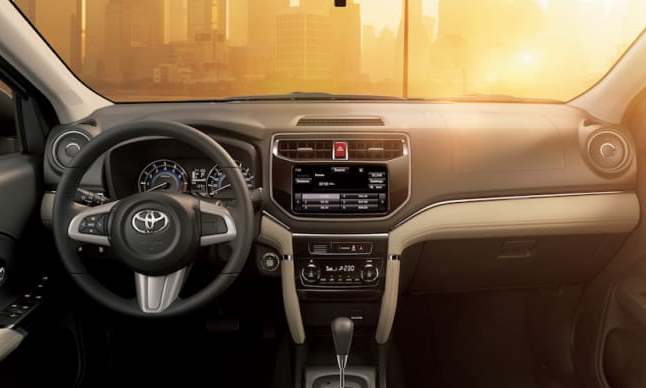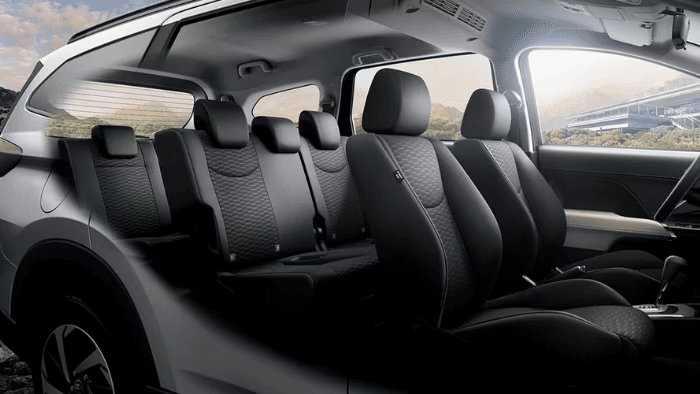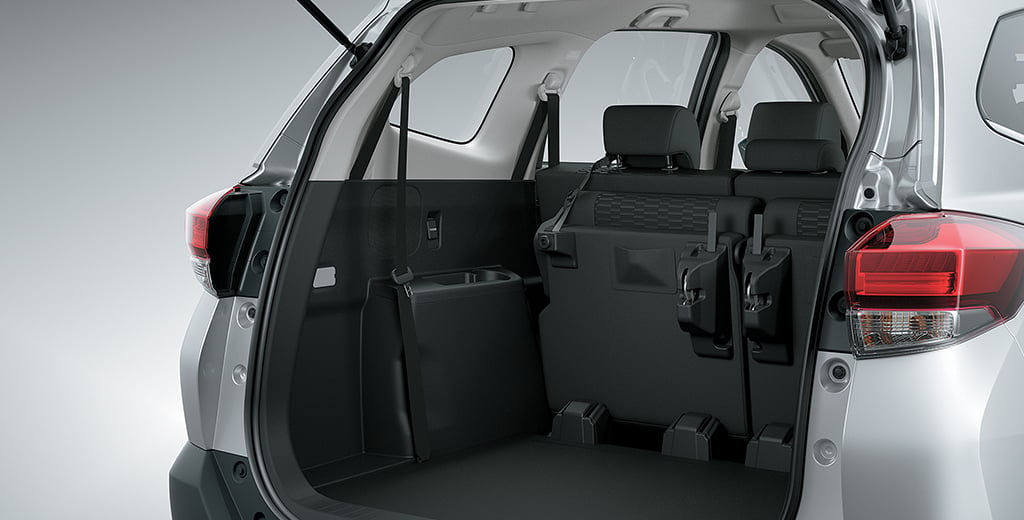Welcome to your essential guide on Toyota Rush tyre pressure for 2025! This article provides practical steps and reliable tips to ensure your car’s tyres are maintained at the recommended PSI. Read on to secure your safety while enjoying improved fuel efficiency and optimized tyre longevity.
How to Check and Adjust Your Toyota Rush Tyre Pressure

Keeping your tyre pressure at optimal levels is key for safety and fuel performance. Here’s a clear step-by-step process that uses simple tools you’ll find around—just what every responsible car owner needs.
What You’ll Need
A digital tyre pressure gauge. These are widely available and cost between AED 40/SAR 45 in local auto shops.
An air compressor, conveniently available at most fuel stations.
Your vehicle’s owner's manual for any model-specific guidelines.
Step-by-Step Process
Check When Tyres Are Cold: For the most accurate readings, do this when your car has been parked for at least 30 minutes or driven less than 3 km.
Remove Valve Stem Caps: This simple step gives you a clear view to place the gauge firmly.
Apply the Gauge: Press the digital gauge onto the valve firmly so you can read the current PSI figure.
Compare with Recommended PSI: Typically, your Toyota Rush should be maintained at around 29-32 PSI. Some load situations, like driving with a full load, might require adjustments:
Normal condition:Front tyres 29 PSI, Rear tyres 32 PSI
Full load condition:Front tyres about 32 PSI, Rear tyres around 35 PSI
Adjust as Needed: Either add or let out air until your readings match the recommended pressure.
Recheck After Adjustments: Always double-check to confirm that the pressure is now correct.
Why Correct Tyre Pressure Matters in 2025 Models
Proper tyre pressure is not just about saving fuel. It plays a crucial role in overall safety and vehicle performance. Here’s how:
Safety Enhancements
Correct pressure reduces the risk of hydroplaning and provides improved braking response.
Maintaining the proper PSI helps preserve the tyre’s structural integrity during sudden maneuvers or on curved roads.
With advanced safety guidelines in mind, even your TPMS (Tyre Pressure Monitoring System) offers alerts when pressures fall outside the recommended range.
Economic and Performance Benefits
Consistent tyre maintenance can increase fuel efficiency by up to 3%, reducing fuel costs over time (prices noted in AED/SAR).
It extends the life of your tyres by preventing uneven tread wear.
Working within the recommended PSI values minimizes the risk of unnecessary tyre replacements.
Seasonal Maintenance Tips
Keeping an eye on temperature changes can help you sustain the perfect tyre pressure year-round.
In Summer
Hot conditions, like those experienced in many parts of the Gulf, can cause tyre pressure to rise (roughly 1 PSI per 5°C increase).
It’s a good practice to perform checks weekly during high-temperature months.
Morning inspections are ideal since the tyres are cooler and provide the most accurate readings.
During Cooler Months
When temperatures drop, lower tyre pressure is common; consider adding 2-3 PSI to compensate.
After a sudden drop or a cold snap, recheck pressure to ensure consistency.
Inspect tyres for any signs of wear or sidewall cracks which might appear more frequently in low temperatures.
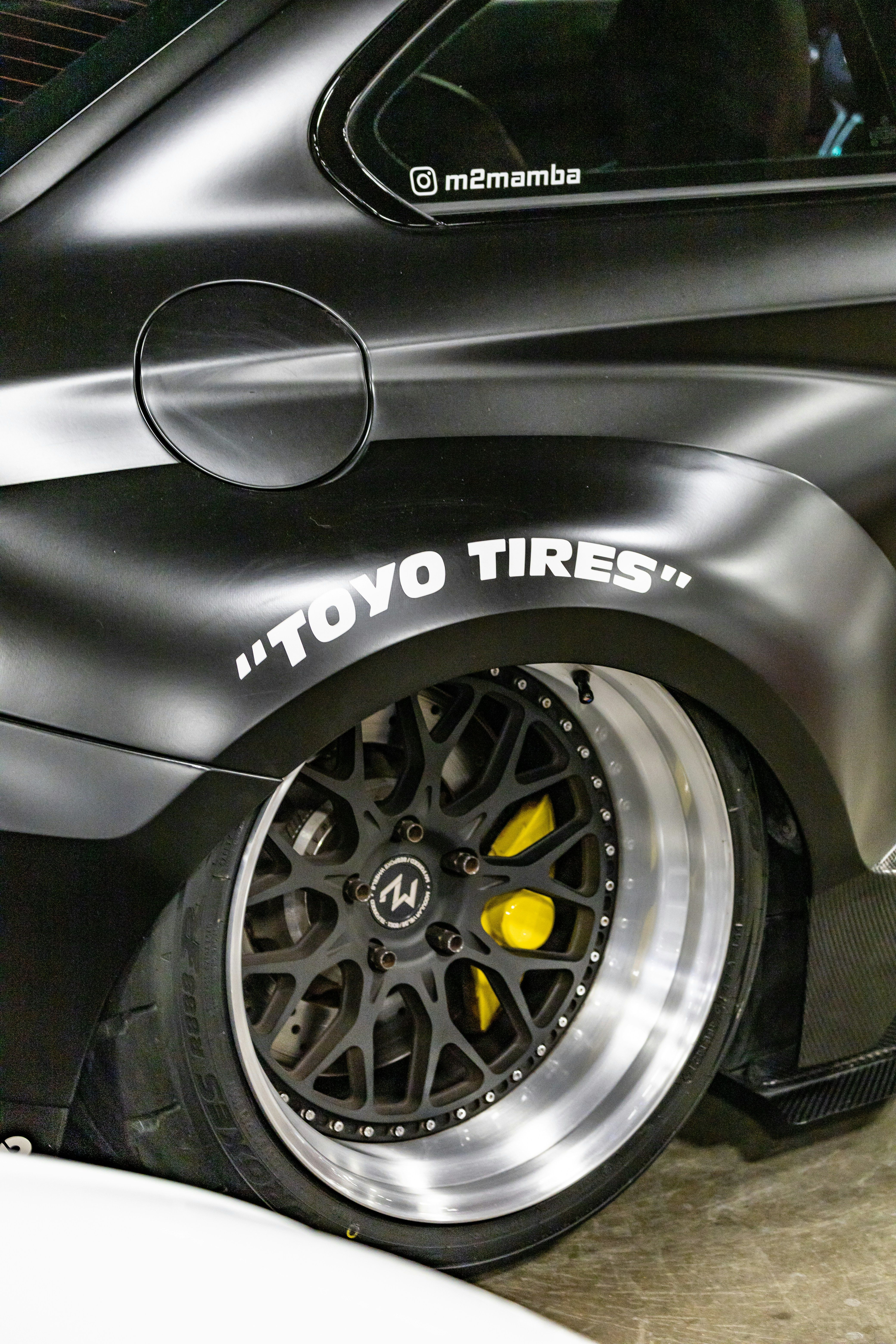
Understanding Tyre Pressure Monitoring Systems (TPMS)
Modern Toyota Rush models come equipped with advanced TPMS to give real-time pressure updates. These systems play a crucial role in helping you maintain recommended PSI without constant manual checks.
2025 Toyota Rush TPMS Features
The system displays real-time pressure readings for each tyre.
It issues predictive maintenance alerts, so you know when to check your tyres before issues arise.
Location-specific warnings (for example, alerts for the front-left or rear-right tyres) ensure you never miss a potential hazard.
Best Practices for Relying on TPMS
Verify the sensor readings with manual measurements at least once a month. It’s always good to be sure!
Replace TPMS batteries every five years to ensure accuracy.
Remember to recalibrate your system after rotations or tyre changes.
Common Pressure Maintenance Mistakes
Many drivers make simple errors that could compromise their safety and increase fuel consumption. Avoid these pitfalls:
Over-inflating tyres in the belief that it will improve mileage can backfire by reducing traction and comfort.
Not checking spare tyre pressure might leave you stranded in an emergency.
Using inconsistent pressure settings on alloy versus steel wheels can lead to unbalanced handling.
Forgetting to check and adjust tyre pressure after long highway drives might result in uneven wear patterns.
Pro Tip:Consider keeping a portable air compressor in your trunk. This small investment (priced around AED 180/SAR 170) can prove invaluable during unexpected tyre pressure drops.
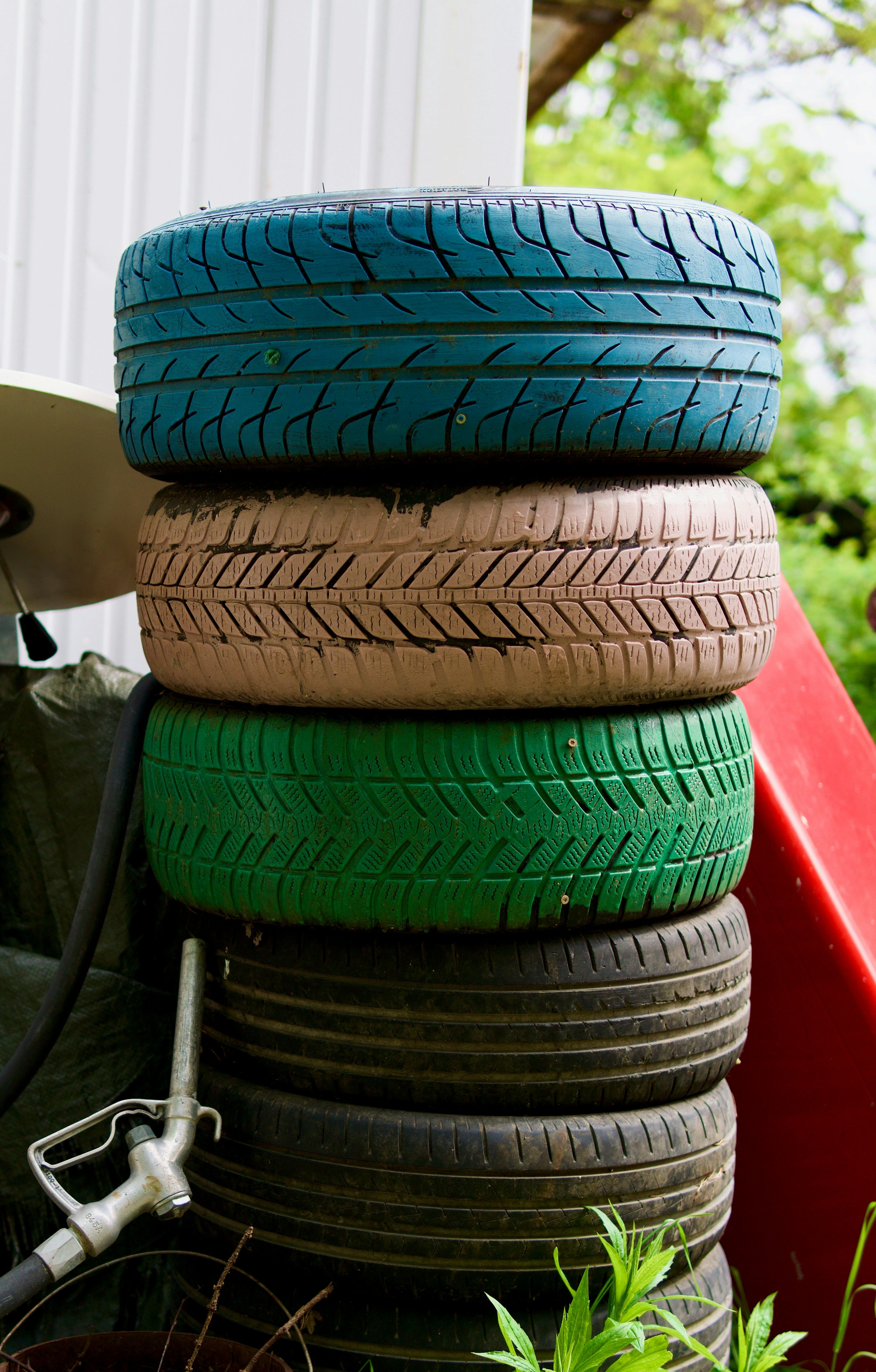
FAQ
Q1:What is the optimal tyre pressure for a Toyota Rush in day-to-day use?
Your Toyota Rush is best maintained between 29-32 PSI under normal conditions. This range provides a balance between safety and performance. Over-inflation or under-inflation could lead to poor handling and increased wear. Regular checks ensure your vehicle performs at its best. Remember, even slight deviations can affect fuel efficiency and safety.
Q2:How do seasonal changes affect my tyre pressure?
Temperature variations can significantly affect tyre pressure. During summer, as temperatures rise, the pressure naturally increases, so check your tyres weekly. In cooler weather, they may drop by 2-3 PSI. This simple adjustment helps maintain optimal performance. Always be mindful of local weather patterns when planning your tyre maintenance.
Q3:Can I trust the TPMS in my Toyota Rush completely?
TPMS is designed to provide reliable pressure readings and timely alerts. However, manual checks once a month are recommended to back up sensor data. This dual approach ensures you catch any discrepancies early. Calibration after tyre rotations is also essential. This way, you’re always driving with confidence.
Q4:What tools should I invest in to monitor and adjust my tyre pressure effectively?
Investing in a good digital tyre pressure gauge is key, along with a portable compressor for emergencies. These tools, which cost around AED 40 to AED 180/SAR prices respectively, can save you time and money over the long term. They make it easy to adjust tyre pressure accurately. Reliable tools contribute significantly to safer and more fuel-efficient driving.
This article is for reference only, please refer to the latest legal regulations in your local area.
Read More:
How to Renew Car Registration Online Abu Dhabi (2025 Guide)
How to Park a Car in 2025:Essential Techniques for Modern Drivers
7 pics

Adrian is an Editor. Psychology graduate with over 4 years in the automotive industry, 3 in front of the camera. Occasionally seen at his family owned tyre shop. He will only buy cars that pass the big bottle test.




